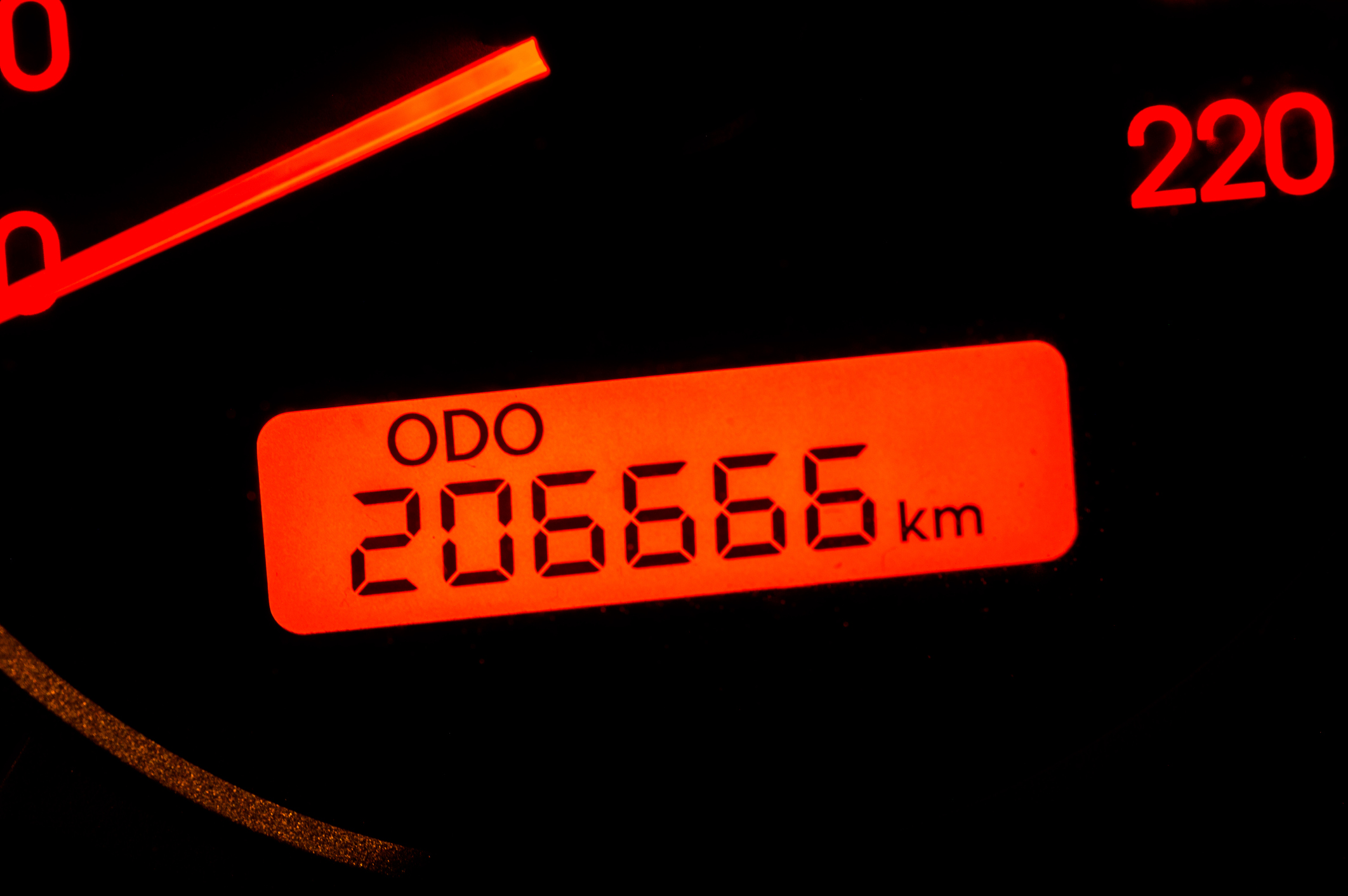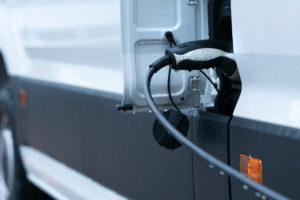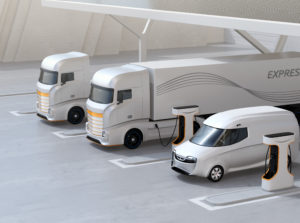By now, most fleet operators should be aware of the benefits of vehicle electrification — particularly the lower operating costs and reduced vehicle emissions. So why is it that many fleet professionals are still struggling to make the transition to EVs? One answer is a fear that has persisted since the introduction of EVs: range anxiety.
The fear of being stranded in the middle of the road is still so high that only one-third of companies in Germany are thinking about electrifying their fleets in the next 5 years. This completely ignores the benefits of electrifying commercial fleets. That’s why we show you 5 ways to say goodbye to your range anxiety.
What is range anxiety for fleet EVs?
Range anxiety refers to an EV driver’s fear that the vehicle will not have enough charge to reach its destination or a suitable charging station. This especially concerns drivers who frequently travel long distances.
We’ve written about the myth of range anxiety before, but range anxiety for commercial eLCV and eHDV drivers differs. They are more afraid about vehicle uptime and if they can cover their routes. This affects not only drivers but also fleet managers. They have to plan the loading times and adjust the routes accordingly — no room for leaving anything to chance. After all, no fleet manager wants to set out on their own to collect their stranded drivers and vehicles.
Nevertheless, the question arises as to what extent this fear is still justified. EVs have better batteries (so, wider range) and the respective state governments are increasingly investing in infrastructure tailored to electromobility. To help fleet professionals break free of their range anxiety, one question needs to be clarified:
What is the average range for eLCVs and eHDVs today?
In the early days of e-mobility, the average range of an EV was just over 110 km with a fully charged battery. Obviously, that wasn’t enough to catch the eye of commercial fleets. But the range of EVs — as well as eLCVs and eHDVs — has increased drastically since then.
Last-mile or urban delivery services typically cover a distance of around 50–150 km per day. In the past, this could have caused problems given the capabilities of e-vehicles then. Today, eLCV ranges cover about 300 km on average. As 70% of non-electric LCVs in European urban transport travel less than 100 km per day, this can easily be achieved with eLCVs.
What about eHDVs? They normally have to cover longer distances — often up to 600 km per day. In addition, the vehicles are larger, the loads heavier and therefore the energy consumption is higher. Particularly for longer distances, these are factors that fleet managers have to take into consideration. However, the limitations can be avoided through smart charge and route planning. Many e-trucks can already travel more than 500 km and are often only traveling between depots or distribution centers. Since these are usually not too far apart, they can cover these distances and use depot-based charging to be ready for the next trip.
Read our comparison of 11 of the best electric commercial vehicles on the market if you want to learn more about their current ranges and other smoothly humming specs.
5 ways fleet professionals can overcome range anxiety
Good news for all drivers and fleet managers: you don’t have to wait until the performance and range of EVs continue to increase (and they will). There are already effective measures for getting the most out of your commercial fleet today — leaving range anxiety in the dust!
1. Analyze your fleet
What distances do you need to cover daily? How do your routing & delivery schedules compare? How many vehicles are available and what are their performance capacities? What are their idle and uptimes? What is the local infrastructure like? Knowing your fleet leads to charging based on analyses — and therefore range assurance.
2. Proper charging load management
Optimized route planning and charging schedules ensure that EVs are ready for routes and can easily cover the required distance. Depot-based charging (highly recommended for fleets) allows more control of energy & costs and advantages for site efficiency. And you’re independent of public charging stations. Smart load management better utilizes your grid and affords charging tailored to provide electricity at off-peak hours, like overnight.
3. Correct driving behavior
Educate your drivers on how to drive in an energy-efficient manner. First and foremost, this includes a consistent and anticipatory driving style. Appropriate use of secondary systems, such as charging ports, lighting or interior heating, also conserves battery power.
4. Battery-friendly charging
Include a low number of charging cycles in your charge and route planning if possible. This has a positive effect on battery longevity. Also, stop charging when you reach a certain percentage to maintain capacity (and no, that’s not at 100%). This keeps the stress on the electrodes of your batteries to a minimum — they’ll last 15–20 years by current projections.
5. Use software
Work with software — like PANION Charging — that monitors the status of your fleet in real-time. This way, you (and your drivers) always know when & how long your EVs need to make their way to the depot. A connected software also takes care of remotely tracking your fleet & utilizing telematics data, automating processes and managing charging infrastructure. Planning vehicle movements, charging opportunities and costs via software means no range anxiety — only highly efficient business operations.
Say goodbye to range anxiety!
With today’s battery & vehicle efficiency constantly raising the bar for EV range, an expanding network for charging infrastructure and smart software to make it all come together optimally — stranded EVs & disrupted schedules were yesterday!




